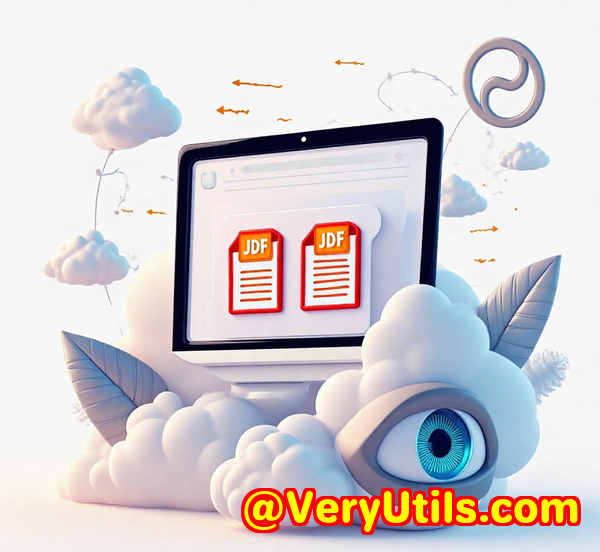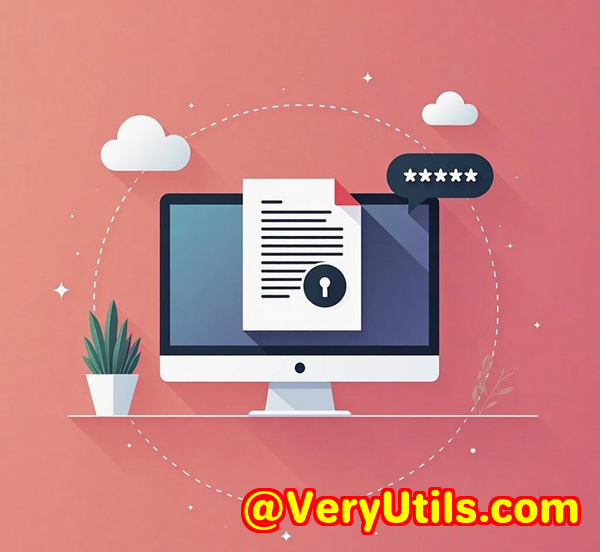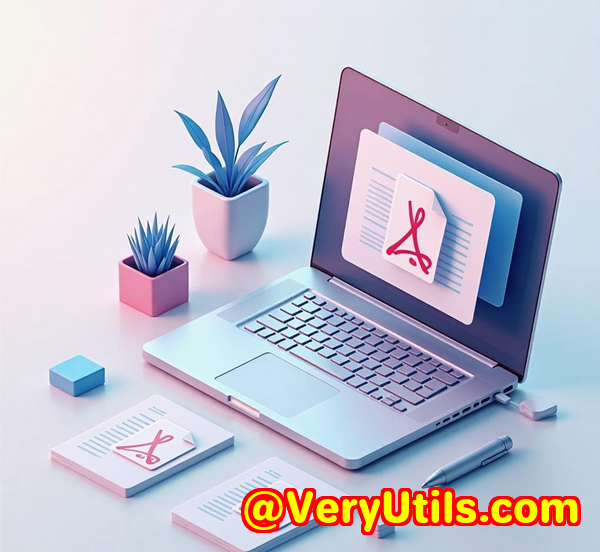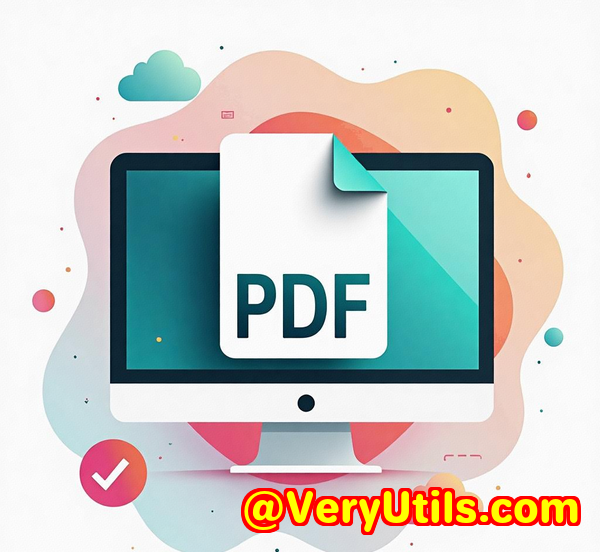VeryPDF PDF Print Command Line SDK A Reliable Solution for Batch Printing in Healthcare
VeryPDF PDF Print Command Line SDK: A Reliable Solution for Batch Printing in Healthcare
In healthcare, managing large volumes of print jobs can quickly become a hassle. The sheer number of patient records, reports, prescriptions, and other documents that need to be printed daily is overwhelming. As a result, healthcare professionals often find themselves spending too much time on manual printing tasks that could be automated.
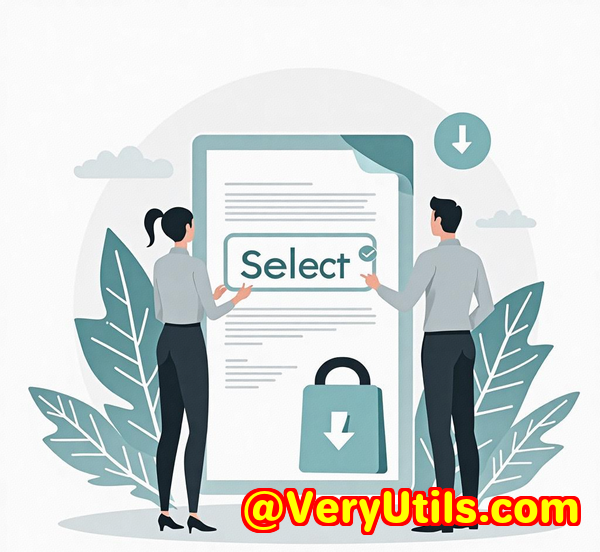
This is where the VeryPDF PDF Print Command Line SDK comes in. It's a game-changer for healthcare institutions looking to streamline their printing process. Whether it's printing confidential medical records or patient reports, this tool allows for efficient batch processing, saving valuable time and ensuring accuracy. Let's dive into how this product works and how it can make a difference in the healthcare sector.
What is the VeryPDF PDF Print Command Line SDK?
The VeryPDF PDF Print Command Line SDK is a robust software tool designed to automate PDF printing tasks. It's particularly useful for organizations like healthcare providers that need to manage large volumes of PDF documents in a structured and efficient manner. The SDK allows you to batch print PDFs directly to printers or virtual printers using command-line instructions. This eliminates the need for third-party PDF reader software, making the process faster and more secure.
Features That Make It Stand Out
One of the standout features of the VeryPDF PDF Print Command Line SDK is its ability to support unattended and batch operation. This means you can set up the software to print multiple PDFs at once without manual interventionperfect for environments like hospitals, where time and precision are critical.
Key Features:
-
No need for third-party PDF reader software: Print PDFs directly without relying on additional software.
-
Support for password-protected PDFs: Even if your documents are encrypted, you can still print them securely.
-
Batch printing: Print multiple documents at once, saving you time.
-
Advanced printer settings: Customize everything from paper size and orientation to color settings and duplex printing.
-
Support for multiple document formats: The software works not just with PDFs but also with Word, Excel, PowerPoint, OpenOffice, and image files.
-
Watermarking: Add watermarks to printed documents, which can be especially important in healthcare for confidentiality.
How Can Healthcare Professionals Use It?
Healthcare institutions like hospitals, clinics, and medical research facilities often deal with sensitive information that needs to be printed in bulk. The PDF Print Command Line SDK can be invaluable in such settings, as it allows healthcare professionals to quickly and securely print multiple files in one go.
Use Cases:
-
Printing patient medical records: Imagine you need to print several patient records at once. With batch printing, the process becomes streamlined, and you can print all the necessary records in one go.
-
Printing prescriptions and orders: For pharmacies and medical offices, this tool can automatically print prescriptions, reducing human error.
-
Printing reports: Whether it's lab results, radiology reports, or progress notes, this SDK can help print them in a way that is both secure and efficient.
-
Compliance with HIPAA and other regulations: The ability to print confidential documents securely with watermarks ensures compliance with data protection regulations.
Core Advantages for Healthcare
The VeryPDF PDF Print Command Line SDK provides multiple advantages for healthcare organizations. Here's how it benefits the industry:
1. Time-Saving Automation
In healthcare, time is of the essence. Automating the printing process for bulk documents means healthcare workers don't need to manually open and print each file individually. This allows them to focus on patient care and other essential tasks.
2. Cost-Effective
This tool minimizes the need for costly software and hardware solutions. Since it operates via command-line instructions, it integrates easily with existing systems without additional overhead. It also eliminates the need for third-party PDF readers, further reducing costs.
3. Security and Confidentiality
In an industry where privacy is paramount, the VeryPDF PDF Print Command Line SDK offers password-protected printing. This ensures that sensitive documents, such as patient records or prescription details, remain secure while being printed. Additionally, the watermarking feature ensures that confidential documents are clearly marked to prevent unauthorized copying or sharing.
4. Customization and Flexibility
Every healthcare facility has different needs. The SDK's advanced printer settings allow customization of everything from paper size to resolution. Need to switch to duplex printing for a more eco-friendly approach? Done. Want to adjust the color settings? Easy. The flexibility ensures that you can adapt it to your workflow.
5. Support for Multiple File Formats
Healthcare systems deal with a variety of file formats, not just PDFs. The VeryPDF PDF Print Command Line SDK supports printing from a wide range of formats like MS Word, Excel, PowerPoint, OpenOffice, and even image files. This makes it a one-stop solution for all your printing needs, no matter the file format.
Real-World Example: Hospital Use Case
In a busy hospital, the administrative staff is responsible for printing patient records, lab results, prescriptions, and reports. Previously, this required opening each document manually and selecting a printer, which often led to mistakes, misprints, or delays.
By implementing the VeryPDF PDF Print Command Line SDK, the hospital can automate these tasks. The tool can be set up to print multiple patient records or reports at the same time. Staff no longer need to worry about manually selecting the correct printer or adjusting settings. The software handles it all, from print quality to paper size, ensuring that documents are printed quickly and accurately.
Why Choose VeryPDF Over Other Solutions?
There are plenty of print management tools out there, but VeryPDF PDF Print Command Line SDK stands apart in several ways:
- Simple Command-Line Interface
Many print solutions come with complex GUIs that require additional learning curves. The VeryPDF solution is based on command-line operations, which allows for easier automation, integration, and script-based workflows.
- No Need for Third-Party Software
Unlike some alternatives that require you to install a PDF reader or printer manager, this solution works seamlessly without the need for additional software.
- Advanced Printer Options
The level of customization available, from watermarking to resolution settings, ensures that your documents are printed the way you need them.
- Security Features
With features like password-protected printing and watermarking, it offers top-notch security for sensitive documentscritical in healthcare where confidentiality is non-negotiable.
Conclusion: Should You Try the VeryPDF PDF Print Command Line SDK?
Absolutely. As someone who has worked with various print management solutions over the years, I can say that the VeryPDF PDF Print Command Line SDK has saved me countless hours of manual work. The ability to automate printing tasks in a secure and customizable way makes it an invaluable tool for healthcare organizations that need to manage large volumes of sensitive documents.
I'd highly recommend this to anyone who works in a fast-paced environment like healthcare and needs to print documents efficiently. If you're ready to boost productivity and improve security in your printing workflows, give it a try today.
Click here to try it out for yourself: VeryPDF PDF Print Command Line SDK
Custom Development Services by VeryPDF
VeryPDF offers comprehensive custom development services to meet your unique technical needs. Whether you require specialized PDF processing solutions for Linux, macOS, Windows, or server environments, VeryPDF's expertise spans a wide range of technologies and functionalities.
VeryPDF's services include the development of utilities based on Python, PHP, C/C++, Windows API, Linux, Mac, iOS, Android, JavaScript, C#, .NET, and HTML5. VeryPDF specializes in creating Windows Virtual Printer Drivers capable of generating PDF, EMF, and image formats, as well as tools for capturing and monitoring printer jobs, which can intercept and save print jobs from all Windows printers into formats like PDF, EMF, PCL, Postscript, TIFF, and JPG. Additionally, VeryPDF provides solutions involving system-wide and application-specific hook layers to monitor and intercept Windows APIs, including file access APIs.
VeryPDF's expertise extends to the analysis and processing of various document formats such as PDF, PCL, PRN, Postscript, EPS, and Office documents. The company offers technologies for barcode recognition and generation, layout analysis, OCR, and OCR table recognition for scanned TIFF and PDF documents. Other services include the development of report and document form generators, graphical and image conversion tools, and management tools for images and documents. VeryPDF also provides cloud-based solutions for document conversion, viewing, and digital signatures, as well as technologies for PDF security, digital signatures, DRM protection, TrueType font technology, and Office and PDF document printing.
If you have specific technical needs or require customized solutions, please contact VeryPDF through its support center at https://support.verypdf.com/ to discuss your project requirements.
FAQ
1. What kind of documents can I print using the VeryPDF PDF Print Command Line SDK?
You can print PDF, Word, Excel, PowerPoint, OpenOffice, image files, and more.
2. Is the SDK compatible with all printers?
Yes, it supports all printers available in your system, including virtual printers.
3. Can I print password-protected PDFs with this tool?
Yes, the SDK supports printing encrypted PDFs.
4. How do I automate printing tasks with the SDK?
You can use command-line instructions to batch print multiple files without manual intervention.
5. Is the software easy to integrate into existing systems?
Absolutely! It integrates seamlessly with existing workflows and systems, requiring minimal configuration.
Keywords: Batch printing, PDF printing, healthcare automation
